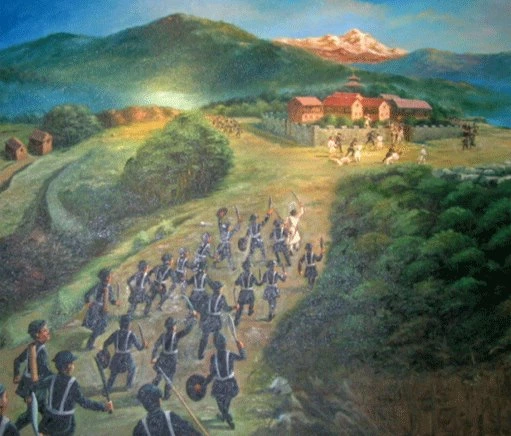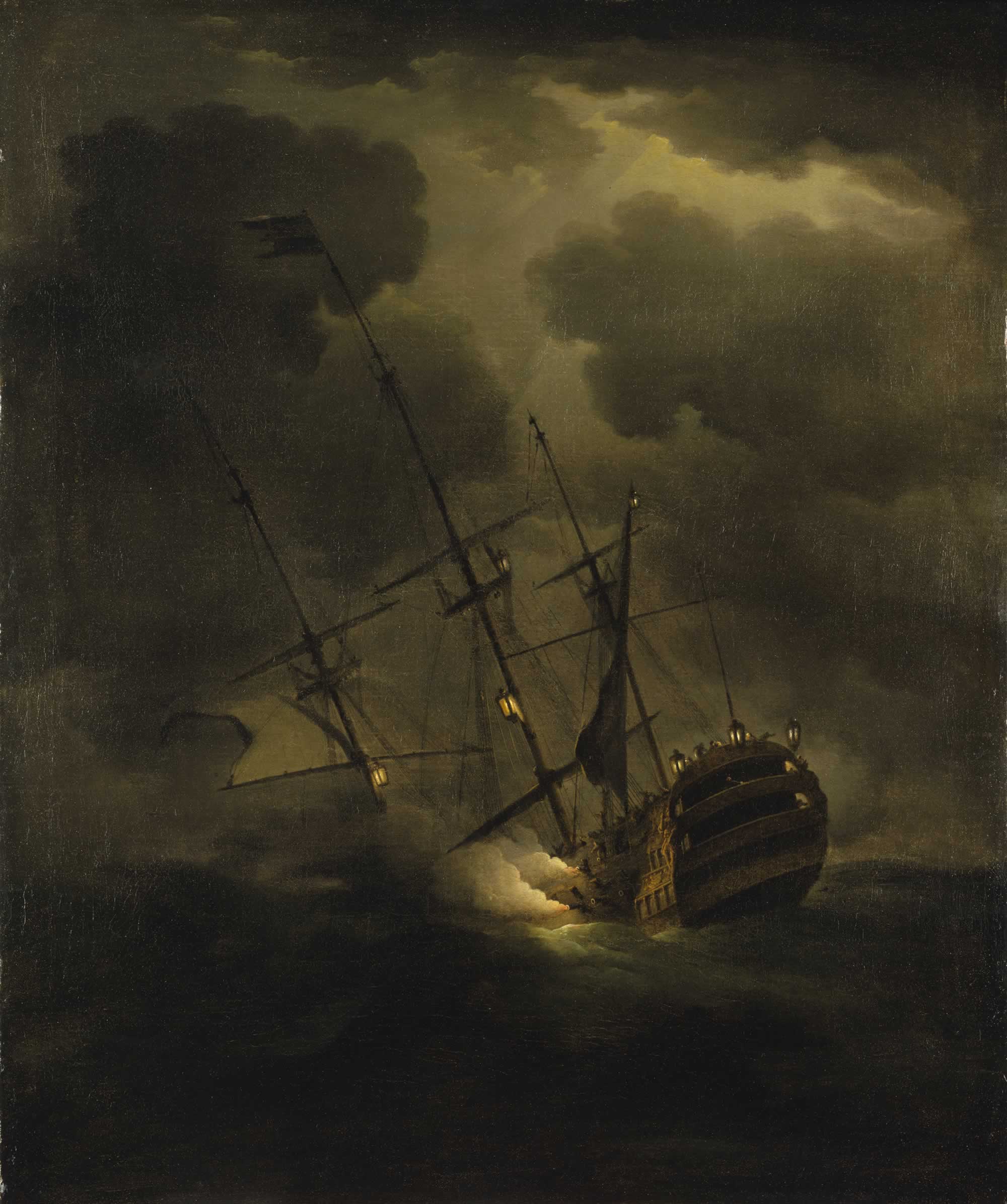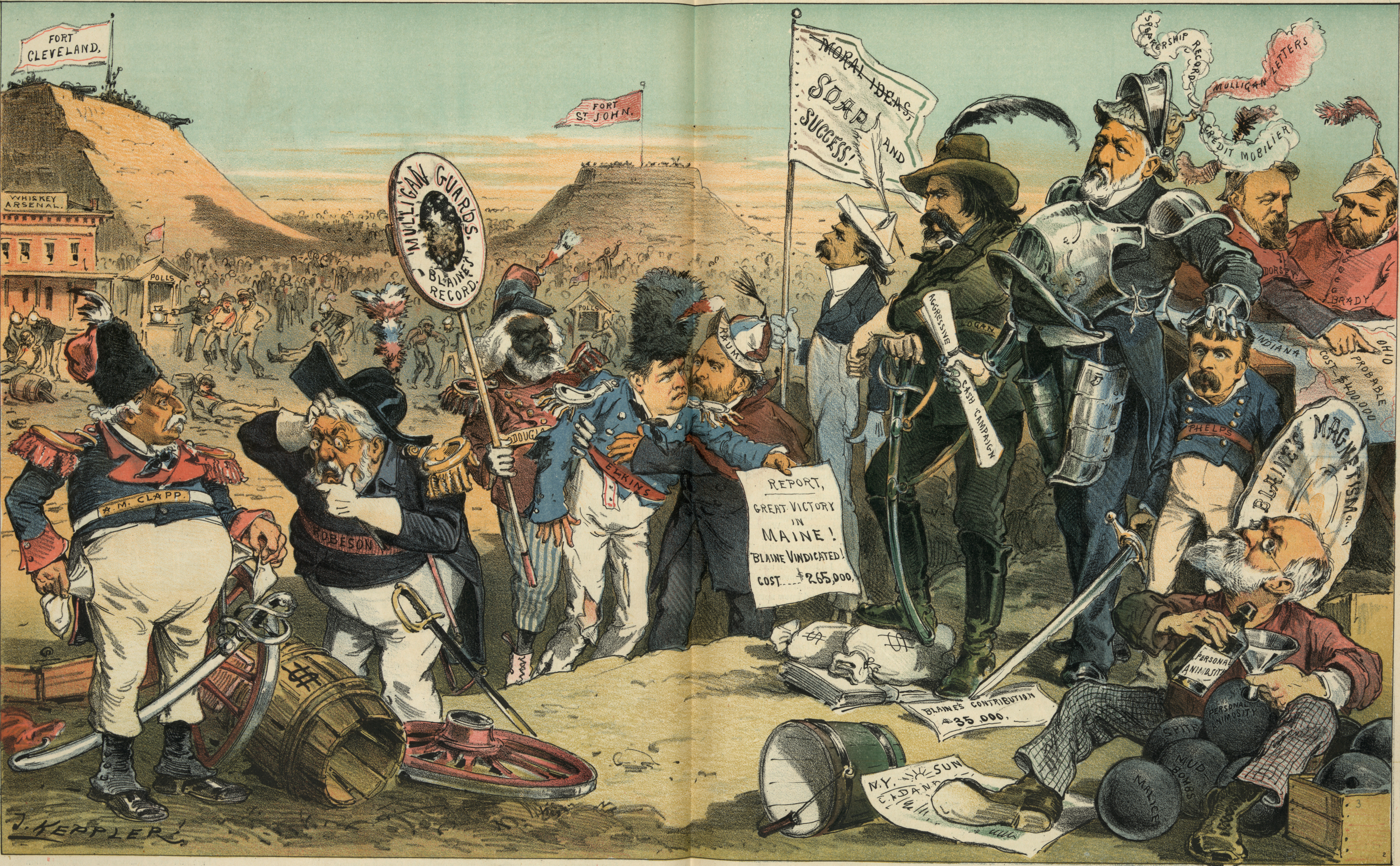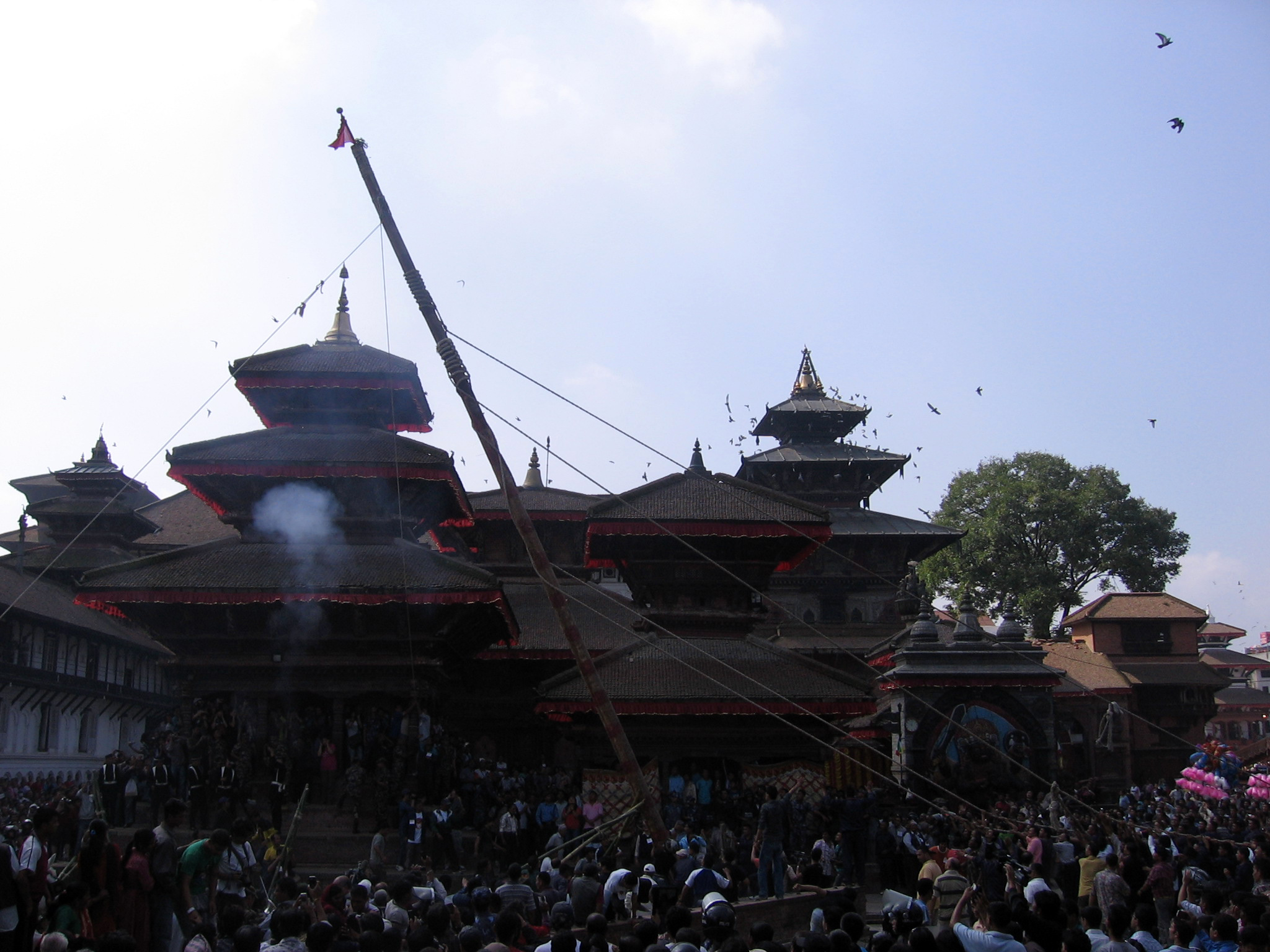|
Jayanta Rana
Kaji Jayant Rana Magar was a Gorkhali general of the Gorkha Kingdom, and the Kingdom of Kantipur who commanded one battle for Gorkha, and two battles for Kantipur against the invasion of Nuwakot. He died in 1744 after ordering to be skinned alive by Prithvi Narayan Shah, first King of Nepal. Biography King of Gorkha, Nara Bhupal Shah, made Jayant Rana commander of his army with Maheshwar Panta. In 1736, the king sent both commanders to attack Nuwakot, territory controlled by the Kingdom of Kantipur but the attack was unsuccessful. They made a retreat back to Gorkha, however, both commanders blamed each other for the defeat. Fearing for his life, Rana quitted the army of Gorkha, subsequently joined the Kantipur army. King of Kantipur, Jaya Prakash Malla, appointed Rana to defend attacks from Gorkha as he had inside information on their strengths and weaknesses. Prithvi Narayan Shah ascended the throne of the Gorkha Kingdom in 1743 after the death of his father Nara Bhupal Shah ... [...More Info...] [...Related Items...] OR: [Wikipedia] [Google] [Baidu] |
Jaya Prakash Malla
Jaya Prakash Malla (Newar: ) was the last king of Kantipur () which corresponds to present-day Kathmandu. He ruled from 1736 to 1746 after succeeding his father Jagajjaya Malla, and then from 1750 until his death in 1769. Early life Jayaprakash Malla's elder brother and the heir apparent of Kantipur Rajendra Malla died when he was young. Some courtiers and nobles requested the king to declare Jayaprakash's younger brother Rajyaprakash the heir instead of Jayaprakash. Jayaprakash's rivalry with the nobles began after the king decided that Jayaprakash would succeed him after his death. Reign Conflict with brothers He ascended the throne after his father died in 1736. Suspecting a ''coup'' from his brother and the nobles, he expelled his brother Rajyaprakash during the time of mourning for his father. Rajyaprakash was adopted as the heir by Vishnu Malla, the then King of Patan. After a short while, some palace officials conspired and proclaimed his younger brother Narendr ... [...More Info...] [...Related Items...] OR: [Wikipedia] [Google] [Baidu] |
Unification Of Nepal
The unification of Nepal () was the process of building the modern Nepalese state, by invading fractured Malla kingdoms including the Baise Rajya's 22 kingdoms and the Chaubisi Rajya's 24 kingdoms. It began in 1743 CE (1799 BS), by Prithvi Narayan Shah, King of Gorkha. On 25 September 1768, he officially announced the creation of the Kingdom of Nepal and moved his capital from Gorkha to a city in Kathmandu Valley. The Shah dynasty that Prithvi Narayan Shah founded would go on to absorb the various warring Malla kingdoms that once occupied parts of present-day Nepal into a nation-state that stretched up to the Sutlej River in the west and Sikkim-Jalpaiguri in the east. Before the Gorkha Empire, the Kathmandu Valley was known as Nepal after the Nepal Mandala, the region's name in Newar language. Background The regions that constitute present-day Nepal were scattered as numerous independent kingdoms prior to unification. The Kathmandu Valley, then called Nepal Mandala, alon ... [...More Info...] [...Related Items...] OR: [Wikipedia] [Google] [Baidu] |
People From Gorkha District
The term "the people" refers to the public or common mass of people of a polity. As such it is a concept of human rights law, international law as well as constitutional law, particularly used for claims of popular sovereignty. In contrast, a people is any plurality of persons considered as a whole. Used in politics and law, the term "a people" refers to the collective or community of an ethnic group or nation. Concepts Legal Chapter One, Article One of the Charter of the United Nations states that "peoples" have the right to self-determination. Though the mere status as peoples and the right to self-determination, as for example in the case of Indigenous peoples (''peoples'', as in all groups of indigenous people, not merely all indigenous persons as in ''indigenous people''), does not automatically provide for independent sovereignty and therefore secession. Indeed, judge Ivor Jennings identified the inherent problems in the right of "peoples" to self-determination, ... [...More Info...] [...Related Items...] OR: [Wikipedia] [Google] [Baidu] |
People Executed By Flaying
The term "the people" refers to the public or common mass of people of a polity. As such it is a concept of human rights law, international law as well as constitutional law, particularly used for claims of popular sovereignty. In contrast, a people is any plurality of persons considered as a whole. Used in politics and law, the term "a people" refers to the collective or community of an ethnic group or nation. Concepts Legal Chapter One, Article One of the Charter of the United Nations states that "peoples" have the right to self-determination. Though the mere status as peoples and the right to self-determination, as for example in the case of Indigenous peoples (''peoples'', as in all groups of indigenous people, not merely all indigenous persons as in ''indigenous people''), does not automatically provide for independent sovereignty and therefore secession. Indeed, judge Ivor Jennings identified the inherent problems in the right of "peoples" to self-determination, as i ... [...More Info...] [...Related Items...] OR: [Wikipedia] [Google] [Baidu] |
Gurkhas
The Gurkhas or Gorkhas (), with the endonym Gorkhali ( Nepali: गोर्खाली ), are soldiers native to the Indian subcontinent, chiefly residing within Nepal and some parts of North India. The Gurkha units consist of Nepali and (in India) Indian Gorkha, Nepali-speaking Indian people. They are recruited for the Nepali Army (96,000), the Indian Army (42,000), the British Army (4,010), the Gurkha Contingent in Singapore, the Gurkha Reserve Unit in Brunei, and for UN peacekeeping forces and in war zones around the world. Ordinary citizens of the two demographic groups become a Gurkha by applying for, and passing, the selection and training process. Gurkhas are closely associated with the '' khukuri'', a forward-curving knife, and have a reputation for fearless military prowess. Former Indian Army Chief of Staff Field Marshal Sam Manekshaw once stated that: Origins Historically, the terms "Gurkha" and "Gorkhali" were synonymous with "Nepali", which originates f ... [...More Info...] [...Related Items...] OR: [Wikipedia] [Google] [Baidu] |
18th-century Nepalese People
The 18th century lasted from 1 January 1701 (represented by the Roman numerals MDCCI) to 31 December 1800 (MDCCC). During the 18th century, elements of Enlightenment thinking culminated in the Atlantic Revolutions. Revolutions began to challenge the legitimacy of monarchical and aristocratic power structures. The Industrial Revolution began mid-century, leading to radical changes in human society and the environment. The European colonization of the Americas and other parts of the world intensified and associated mass migrations of people grew in size as part of the Age of Sail. During the century, slave trading expanded across the shores of the Atlantic Ocean, while declining in Russia and China. Western historians have occasionally defined the 18th century otherwise for the purposes of their work. For example, the "short" 18th century may be defined as 1715–1789, denoting the period of time between the death of Louis XIV of France and the start of the French Revolution, ... [...More Info...] [...Related Items...] OR: [Wikipedia] [Google] [Baidu] |
1744 Deaths
Events January–March * January 6 – The Royal Navy ship ''Bacchus'' engages the Spanish Navy privateer ''Begona'', and sinks it; 90 of the 120 Spanish sailors die, but 30 of the crew are rescued. * January 24 – The Dagohoy rebellion in the Philippines begins, with the killing of Father Giuseppe Lamberti. * February 22– 23 – Battle of Toulon: The British fleet is defeated by a joint Franco-Spanish fleet. * February 27 – Violent storms frustrate a planned French invasion of Britain. * March 1 (approximately) – The Great Comet of 1744, one of the brightest ever seen, reaches perihelion. * March 13 – The British ship ''Betty'' capsizes and sinks off of the Gold Coast (modern-day Ghana) near Anomabu. More than 200 people on board die, although there are a few survivors. * March 15 – France declares war on Great Britain. April–June * April – '' The Female Spectator'' (a monthly) is founded by Eliza Haywo ... [...More Info...] [...Related Items...] OR: [Wikipedia] [Google] [Baidu] |
Pyrrhic Victory
A Pyrrhic victory ( ) is a victory that inflicts such a devastating toll on the victor that it is tantamount to defeat. Such a victory negates any true sense of achievement or damages long-term progress. The phrase originates from a quote from Pyrrhus of Epirus, whose triumph against the Romans in the Battle of Asculum in 279 BC destroyed much of his forces, forcing the end of his campaign. Etymology A "Pyrrhic victory" is named after King Pyrrhus of Epirus, whose army suffered irreplaceable casualties in defeating the Romans at the Battle of Heraclea in 280 BC and the Battle of Asculum in 279 BC, during the Pyrrhic War. After the latter battle, Plutarch relates in a report by Dionysius: In both Epirote victories, the Romans suffered greater casualties, but they had a much larger pool of replacements, so the casualties had less impact on the Roman war effort than the losses had on the campaign of King Pyrrhus. The report is often quoted as: or Examples War This ... [...More Info...] [...Related Items...] OR: [Wikipedia] [Google] [Baidu] |
Fort
A fortification (also called a fort, fortress, fastness, or stronghold) is a military construction designed for the defense of territories in warfare, and is used to establish rule in a region during peacetime. The term is derived from Latin ("strong") and ("to make"). From very early history to modern times, defensive walls have often been necessary for cities to survive in an ever-changing world of invasion and conquest. Some settlements in the Indus Valley Civilization were the first small cities to be fortified. In ancient Greece, large cyclopean stone walls fitted without mortar had been built in Mycenaean Greece, such as the ancient site of Mycenae. A Greek '' phrourion'' was a fortified collection of buildings used as a military garrison, and is the equivalent of the Roman castellum or fortress. These constructions mainly served the purpose of a watch tower, to guard certain roads, passes, and borders. Though smaller than a real fortress, they acted as a bor ... [...More Info...] [...Related Items...] OR: [Wikipedia] [Google] [Baidu] |
Indra Jatra
Indra Jātrā, also known as Yenyā Punhi is the biggest religious street festival in Kathmandu, Nepal. "Ye" means the old Newar people, Newari name for "Kathmandu", "Ya" means “Celebration”, and "Puhni" means full moon so together means the birthday of the old city of Kathmandu. The celebrations consist of two events, Indra Jātrā and Kumāri Jātrā. Indra Jātrā is marked by masked dances of deities and demons, displays of sacred images, and tableaus in honor of the deity Indra, the king of heaven. Kumari (goddess), Kumāri Jātrā is the chariot procession of the living goddess Kumari (children), Kumari. Family members deceased in the past year are also remembered during the festival. The main venue of the festival is Kathmandu Durbar Square. The celebrations last for eight days from the 12th day of the bright fortnight to the 4th day of the dark fortnight of Yanla (month), Yanlā (ञला), the eleventh month in the lunar Nepal Era calendar. Indra Jatra was started ... [...More Info...] [...Related Items...] OR: [Wikipedia] [Google] [Baidu] |
Maheshwar Panta
Maheshwar Panta or Manohar Pant (Nepali: महेश्वर पन्त) was the teacher and later Army Chief of King Prithvi Narayan Shah (1723–1775 AD). With Bhanu Aryal, he trained King Prithvi Narayan. When Biraj Thapa Magar failed to attack Nuwakot, he with Kalu Pandey was sent to attack Nuwakot. Both Panta and Pandey failed respectively and Prithvi Narayan Shah Prithvi Narayan Shah (; 7 January 1723 – 11 January 1775), was the last king of the Gorkha Kingdom and first king of the Kingdom of Nepal (also called the ''Kingdom of Gorkha''). Prithvi Narayan Shah started the unification of Nepal. He is a ... began training. References Year of birth missing Year of death missing Nepalese military personnel People from Gorkha District {{Asia-mil-bio-stub ... [...More Info...] [...Related Items...] OR: [Wikipedia] [Google] [Baidu] |








